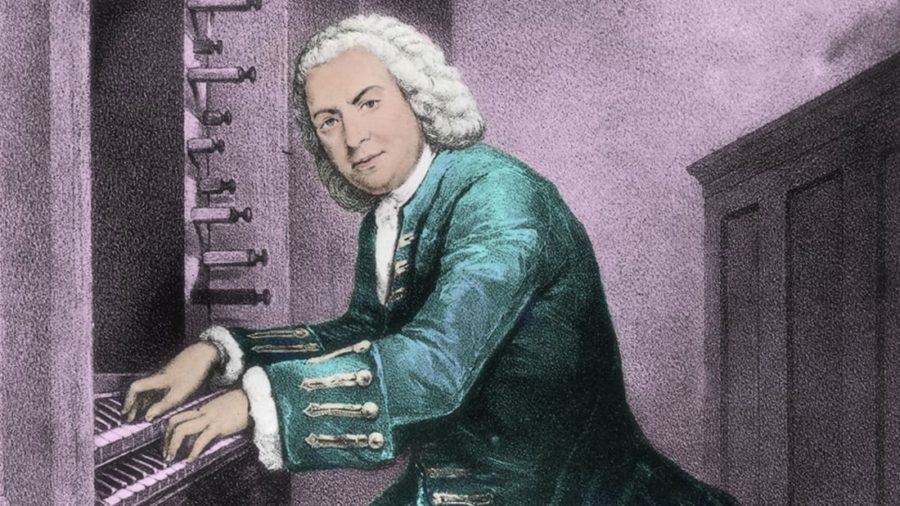How Johann Sebastian Bach Changed The World of Music
September 24, 2021
Johann Sebastian Bach was born on March 31, 1685, to a family of musicians that dated back several generations. He began school at the age of seven and studied Latin, religious instruction, and other subjects. By age ten, he became an orphan after the death of both of his parents, which led him to live with his older brother, Johann Christoph. Christoph continued Bach’s musical instruction more in-depth and enrolled him in a larger local school. Bach stayed with his brother until the age of fifteen and then left to find work to be a musician.
When Bach was a teenager, he had a beautiful soprano singing voice that was greatly desired, until his voice changed. This led him to be forced into playing the violin and learn the harpsichord to continue his career in creating and playing music. At the beginning of his career, he began to work for Duke Johann Ernst and played the violin, and was an organist. This job led to him becoming more recognized, and helped him get a position in the New Church in Arnstadt. He did not get along well with his students and was constantly scolded by church officials for not rehearsing the group frequently enough.
In 1717, Bach left his position for the Duke of Wilhelm to work for Prince Leopold of Anhalt-Cöthen, but was imprisoned by the Duke for several weeks before he was finally released to work for the Prince. During this time, Bach wrote what is said to be his greatest works (known as the “Brandenburg Concertos” in 1721) which were considered his greatest creation of works out of the music he had previously, and in the future, to have written.
After creating many great works, Bach began to make musical interpretations of the Bible using choruses, arias, and recitatives after leaving the Prince and taking a position in the St. Thomas Church. He continued to make many different pieces of music until 1740 when his eyesight greatly suffered. He continued to work despite his struggle with his eyesight; traveling and performing for Fredrick the Great, who was the King of Prussia in 1747. Performing for the King, he was able to come up with compositions on the spot and impressed everyone around him with his skills in creating and playing his own compositions.
In 1749, Bach began a new composition called “The Art of Fugue,” but was unable to complete it. A year later, to try and help his struggling eyesight, Bach had surgery done on his eyes that ended up failing and leaving him completely blind. That same year, he suffered a stroke, killing him and leaving “The Art of Fugue” incomplete.
Bach died July 28, 1750, but not before creating a legacy for every musician to come and for audiences to hear his compositions. His musical compositions were admired by musicians following after his time, such as Amadeus Mozart and Ludwig Van Beethoven. During his life, he had two wives and twenty children to continue his family line. Only ten of his children survived until adulthood, with four of them becoming notable composers.
He composed over 1,000 compositions during his lifetime and he enriched German styles through his skill, and he adapted rhythms, forms, and textures from Italy and France to create pieces that changed the world of music for many people around the globe. Some examples of people that have used Bach’s compositions to shape their lives and careers are organist Virgil Fox, harpsichordist Wanda Landowska, cellist Pablo Casals, and harpsichordist-conductor Trevor Pinnock. All of these composers have used Bach’s works to show their skills on many instruments, and have taken his music and created orchestras and groups that allow others to enjoy his music three hundred years after its creation.










































































































































